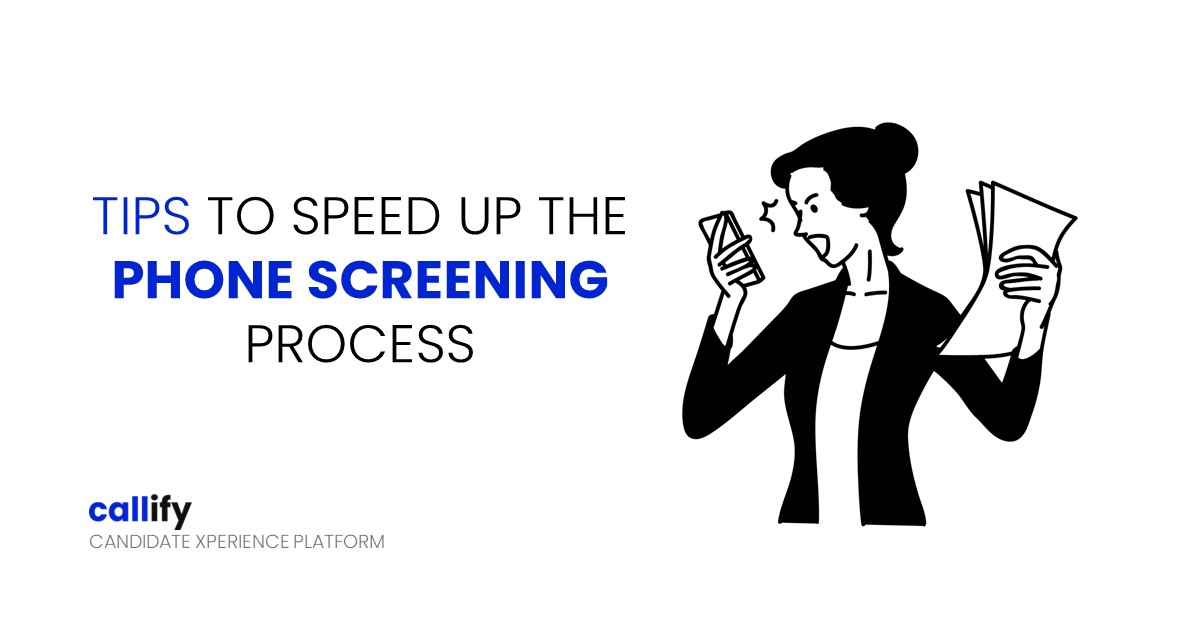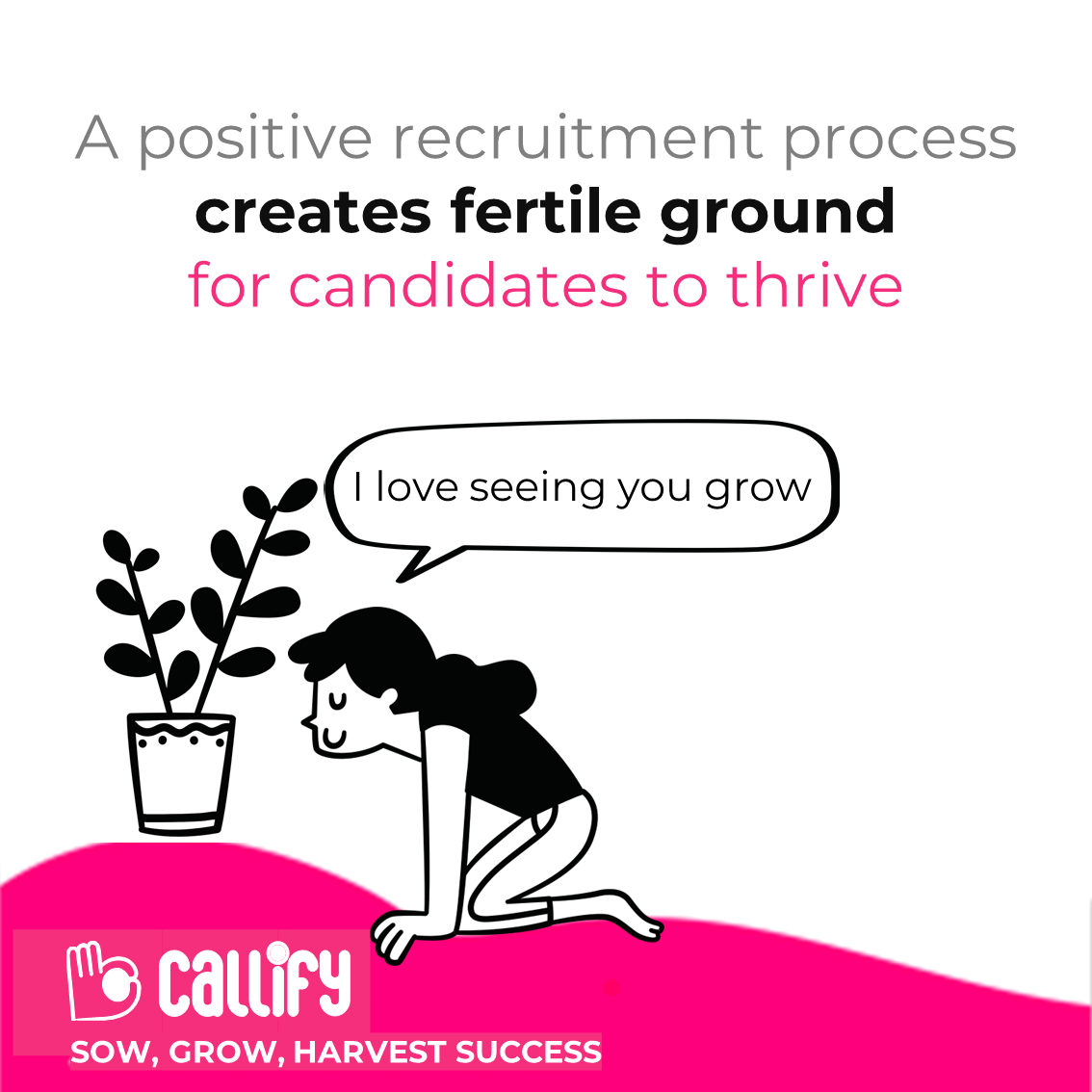Yes, Gender Bias is a Problem in the Indian Hiring Process

There’s an elephant in the room, and he’s looking straight at us. It’s the mammoth issue of gender bias in the Indian hiring system. It’s no secret that India has several problems when it comes to gender inequality in various social contexts. This partiality has seeped into the professional realm, too. A 2021 study by LinkedIn reveals that 85% of Indian women have missed out on a raise, promotion, or a work offer because of their gender. The same study points out that working Indian women experience the strongest gender-biased across Asia-Pacific countries. One in five women responded to the survey, sharing that companies exhibit a favourable bias towards men in the office.
Does this sentiment reflect on the hiring process as well? Yes, it does. A World Bank report found that six out of every 10 jobs preferred male candidates. Employers preferred women for low-quality, low-status, and low-paid informal jobs. Nearly one-third of all job advertisements explicitly specified the preferred gender of the candidate. Certain occupations favoured males, such as machine-related work, sales positions, and relatively high-intensive outdoor jobs. Women were more in demand as cooks, maids, nurses, etc. This strong gender bias decreases as one moves towards white-collar corporate professions, but still exists in large enough numbers to be a problem.
Why Does this Bias Exist?
Most large organisations have clear anti-discrimination policies, as well as diversity targets. However, a lot remains exclusionary, such as bias within the interview structure and gender-specific job descriptions. Several assumptions question the commitment of a female employee to their work, as opposed to their family life. Factors such as marital status, perceived family-work conflict, and more, play a role in creating these mindsets.
Another discriminatory mindset is that certain industries, such as jobs in engineering and science (STEM), are better suited for men. Women account for less than a third of all workers in specific R&D roles across the world. In India, the unemployment rate for women engineers is 40%. There’s also a similar bias in jobs that require extensive travelling (sales) or legal. Due to these prejudices, women are severely underrepresented in the workforce. This decreased further by the COVID-19 pandemic, as more women than men bore the brunt of staff cutting measures.
Tackling this Issue
Just like how an elephant never forgets, neither does our subconscious mind. Many of us possess hidden biases we’re unaware of and it can be challenging to identify these to tackle them. Sometimes, we don’t want to admit we possess biases. But to progress as a society, it’s important to be honest with ourselves and create systems that will help us manifest a gender-inclusive workforce. Even if an individual consciously tries to implement hire processes with a fair mind, there’s only so much we can do.
Here are a few ways to tackle gender bias in hiring:
- Blind Hiring: The BBC and Deloitte have implemented a process called blind hiring, where HR anonymises applications. We should implement that in India, too. Create a gender-blind system of hiring. Many others also remove age and any other factor that could lead to discrimination. Make a list of important qualifications needed for the position, and ensure you rate every resume based on that data.
- Make Communication More Inclusive: Research reveals that women are less likely to apply for job descriptions that include the descriptors ‘active’, ‘driven’, and ‘confident’. They’re more attracted to qualities such as ‘honest’, ‘interpersonal’, and ‘support’. Be mindful of inclusive language and create your job posts accordingly to attract more women candidates. Also, be crystal clear in your communication that you’re looking for candidates from a variety of backgrounds. Try recruitment systems that explicitly mention they actively fight bias in their systems.
- Data is Fair: Data analytics and insights can guide your decision-making process. Using big data, predictive analytics, and social signals can give hiring managers access to a diverse candidate pool for all the job positions. AI programs can be made to ignore certain information about candidates, that include gender, age, and more. This software is helpful in fairly screening, ranking, and grading candidates. But be mindful you’re using the right tools for this as even here, bias can creep in even here – as Amazon had discovered to their surprise. Their tool was actively leaving out resumes that contained the word ‘women’!
- Structured Interview Protocol: Unstructured interviews give space for unconscious biases to creep in. A structured process will test all applications in the same way. This is because they’re being judged against the same markers. Stick to a certain set of questions for each applicant. Create a script that asks the same questions and doesn’t move away from those. This will reduce subjectivity and give you a clearer idea of on-the-job performance – more than any amount of small talk would.
- Create an Inclusive Interview Panel: According to Harvard Business Review, men are more likely to hire men, and women are more likely to hire women. Make a panel of interviewers that is diverse and gender-inclusive. Appoint someone to specifically look out for gender bias in the hiring process. They can do this by using diversity filters. These individuals should have the necessary tools to interview candidates objectively. Encourage them to point out when discrimination is happening.
- Include Training on The Topic: Have educational sessions with your hiring team to ensure they’re aware that there’s a huge problem in hiring. Mention preventative steps in your presentation and encourage frank dialogue surrounding this topic. Invite women from management positions to give many of these talks so that they can share their experiences. End each session with feedback to find out whether your recruiters absorbed your information and can execute the needful.
Having an inclusive hiring process stands to empower and enhance the current corporate sphere and will only benefit companies. Hopefully, we’ll soon be able to address this elephant-sized problem in hiring.






